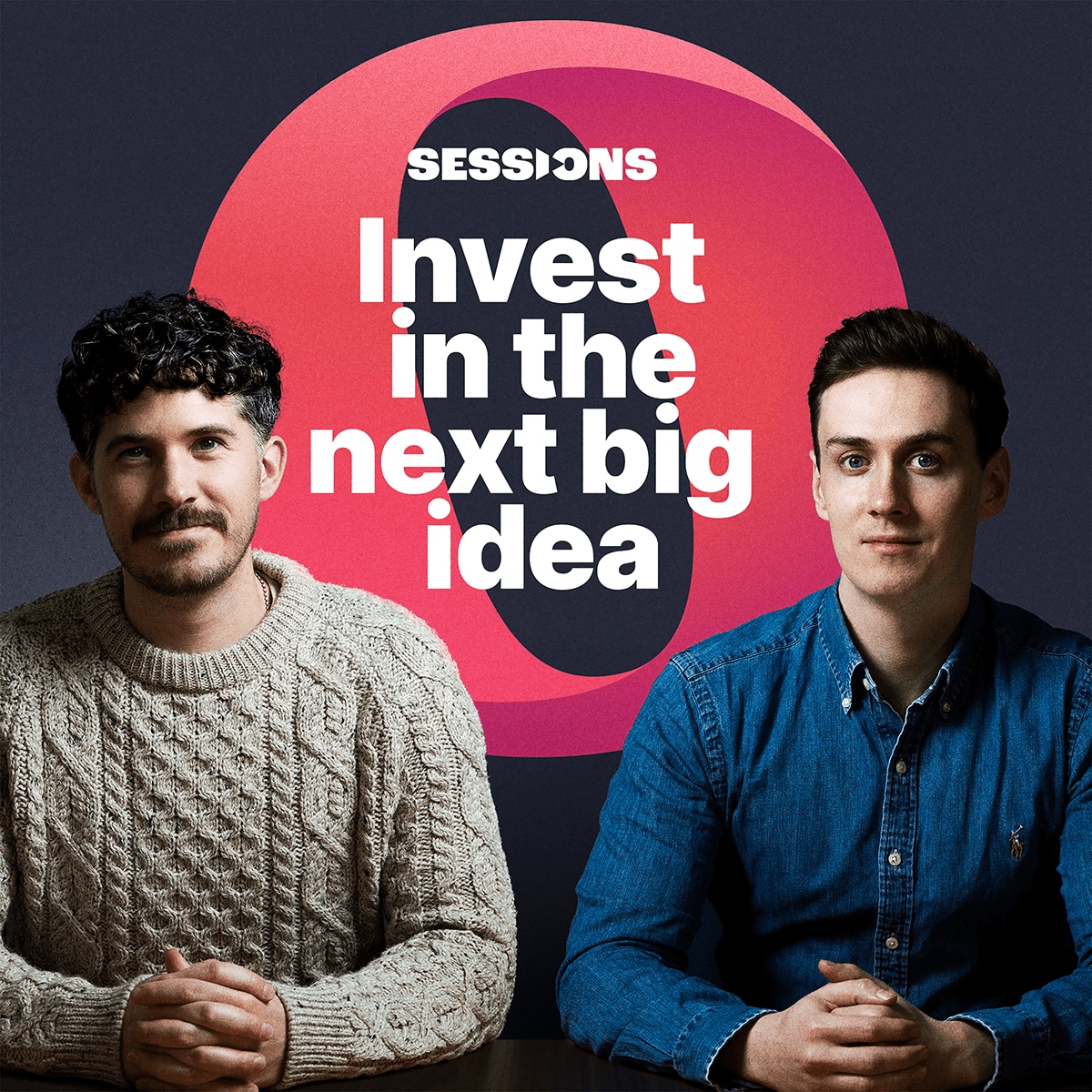Que Nguyen, Chief Investment Officer at Research Affiliates, joins OPTO Sessions to explore parallels between the dot-com bubble of the 1990s and the generative artificial intelligence (AI) boom that is currently driving the stock market, as well as the headwinds the current market may face.
In May, Que Nguyen, Chief Investment Officer, Equity Strategies, at Research Affiliates, published a report entitled ‘Learn from Last Tech Bubble to Embrace GenAI Mania’.
In it, she explores parallels between the investment frenzy around generative AI and the dot-com boom of the 1990s.
Contrary to what one might expect, she does not use these parallels to make bearish predictions for AI.
“Although a bubble will end in a bust, the mania generates capital investment that yields long-term benefits,” wrote Nguyen.
Nguyen’s report splits the companies that were involved in the dot-com bubble into three categories: ‘backbone’ companies such as Verizon [VZ], AT&T [T] and Cisco [CSCO], which provided the infrastructure that underpinned the internet; ‘gateway’ firms such as Hewlett Packard (HP) [HPQ], Dell [DELL] and Nokia [NOK] that built the devices consumers used to access it; and ‘destination’ businesses such as Amazon [AMZN] and eBay [EBAY], which gave consumers a reason to get online and gave companies a way to monetise their activity.
There are AI-related comparisons for the first two categories: semiconductor firms such as Nvidia [NVDA] and Super Micro Computer [SMCI], together with cloud companies like Amazon’s AWS and Microsoft [MSFT], appear to be generative AI’s backbone firms, while OpenAI and Google’s [GOOGL] Gemini form today’s generative AI gateways.
However, the technology’s destination companies are yet to emerge, as Nguyen explains.
Nguyen is Chief Investment Officer at Research Affiliates, an asset management firm founded by Rob Arnott. She heads the cross-sectional equity research and strategy that drive the firm’s active portfolios and indices.
Before joining Research Affiliates, Nguyen was Managing Director at Willett Advisors and Managing Director at the University of Chicago Office of Investments. Nguyen has also held positions at Numeric Investors, Morgan Stanley, State Street and Barra.
Development and Destinations
“I think that there will be some new companies that will become very big winners, in businesses that we don’t even conceive of yet,” Nguyen says on a recent episode of OPTO Sessions.
Nguyen makes the point that many of the dot-com era destination businesses appeared relatively late in the cycle, and that the ultimate end uses of generative AI are still to be determined.
She describes AI’s level of growth as “beyond the infancy stage, but not quite in the adolescent stage”. When comparing the rise of generative AI to that of the internet, she views the present day as equivalent to the years between 1993 and 1996.
“We have many years of building out this capacity, of experimenting with different business models in terms of generative AI.”
In this regard, the public launch of ChatGPT in November 2022 can be seen as analogous to the launch of the Mosaic browser in 1993.
“When the Mosaic browser came along, people started to look at what was out there, and that made [the internet] go beyond its infancy.”
Headwinds: Energy, Isolationism
“Energy consumption is a big deal,” says Nguyen. Given the amount of computing power it takes to run models like ChatGPT, energy comprises a major cost for these tools — one which will rise as usage increases.
“If the cost gets too high, then ultimately it becomes uneconomic to use.”
As such, Nguyen feels that the future of generative AI relies on the continued availability of affordable energy.
She highlights that energy prices have remained relatively stable despite potential shocks from the wars in Ukraine and the Middle East.
However, “if there does come an energy crisis, I think governments are going to move to protect access to energy for their constituents — households, people who need to commute to work, and so on. That could become a hurdle in the development of generative AI.”
However, “the real long-term problem” for Nguyen is the question of international collaboration. While the rise of the internet was characterised by an almost unprecedented degree of international cooperation — particularly in the wake of geopolitical events such as the fall of the Berlin Wall — the current era is one of escalating isolationism.
“We need people to come together to share ideas, to collaborate,” says Nguyen. “With the soft rivalry we’re seeing between the US and China on the tech front, how much of that is really possible?”
Generating Takeaways
Nguyen’s comparison between the dot-com bubble and the generative AI boom yields several key takeaways.
The first of these is that “the early winners are usually not the biggest winners”.
For example, says Nguyen, “HP was something like four or five times the size of Apple at the peak of the internet bubble”. As of 3 June, however, HP’s market cap stands at $37.7bn — approximately 1.3% of Apple’s $2.95trn.
Secondly, she stresses the importance of capital discipline — both for businesses with regards to their own capital, and for investors when deciding where to put theirs.
“If you think about who were the big losers in the internet boom, it was the people who bought at the top and sold at the bottom.
“You have to have a certain amount of capital discipline, and you have to be consistent in investing over time. If you invested early, didn’t sell at the bottom, and continued to hold throughout the next 20 years, you came out looking really good. Yes, some companies crashed and burned, but most recovered and delivered a strong return to shareholders.”
For investors, besides genuine specialists in the space, this may underscore the need for diversification in one’s portfolio.
“I always tell people, if you believe that generative AI is going to be world-changing and productivity-enhancing, then you should buy all the equities. You should rebalance occasionally, trim your winners, reinvest in some of the losers, and hold it for a really long time. That’s why I think a diversified portfolio is really important; over time, I think everybody wins.”
Nguyen also emphasises the importance of staying open to the unexpected, and being willing to let go of companies as the paradigm shifts: “At some point a big winner will emerge that is either a dark horse or a company that does not yet exist.”
Please see disclaimers from Research Affiliates at: http://bit.ly/3hT1PuD.
Disclaimer Past performance is not a reliable indicator of future results.
CMC Markets is an execution-only service provider. The material (whether or not it states any opinions) is for general information purposes only, and does not take into account your personal circumstances or objectives. Nothing in this material is (or should be considered to be) financial, investment or other advice on which reliance should be placed. No opinion given in the material constitutes a recommendation by CMC Markets or the author that any particular investment, security, transaction or investment strategy is suitable for any specific person.
The material has not been prepared in accordance with legal requirements designed to promote the independence of investment research. Although we are not specifically prevented from dealing before providing this material, we do not seek to take advantage of the material prior to its dissemination.
CMC Markets does not endorse or offer opinion on the trading strategies used by the author. Their trading strategies do not guarantee any return and CMC Markets shall not be held responsible for any loss that you may incur, either directly or indirectly, arising from any investment based on any information contained herein.
*Tax treatment depends on individual circumstances and can change or may differ in a jurisdiction other than the UK.
Continue reading for FREE
- Includes free newsletter updates, unsubscribe anytime. Privacy policy


